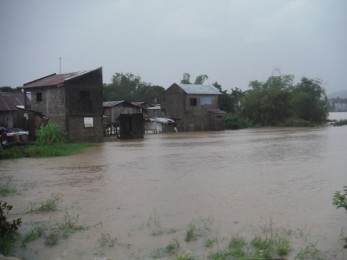
Corresponding Author
Racquel Helena Abagat
Office of Sen. Richard J. Gordon, Senate of the Philippines
kabagat@gmail.com
Download activity - last 12 months
Adaptation and adaptive capacity to flooding of farming households: Insights from Mabitac, Laguna, Philippines
- Received: 02 March 2016 / Accepted: 17 July 2017/ Published online: 26 July 2017
-
https://doi.org/10.18783/cddj.v002.i02.a06
Highlights
- The farming households’ adaptive capacity level to flooding is generally moderate.
- The low adaptive capacity level of farming households is mainly caused by low level of information resources, financial resources, and livelihood diversity.
- The decision to practice adaptation and the number of adaptation practices used are not associated with the adaptive capacity level.
- Improving the livelihood diversity and physical resources of farming households in Mabitac, Philippines will significantly contribute to an increased adaptive capacity level.
Abstract
Vulnerability to flooding due to climate change results in limited access to resources, soil erosion and/or deposition, and reduced quality of water supply among others, affecting many farming communities. Recognizing the need to assess and better understand the adaptive capacity of farming communities, this study determined the effects of flooding and assessed the adaptive capacity levels of farming households in Mabitac, Laguna, Philippines as a case. Using analytic hierarchy process, it also explored the contribution of human, physical, and financial resources, information, and livelihood diversity in enhancing adaptive capacity. Human resource and livelihood diversity received the highest (0.3087) and lowest (0.0566) weight due to labor-intensive and mono-cropping practices, respectively. About two-thirds (69%) of the farmers have moderate level (0.36-0.50) of adaptive capacity. Their level of adaptive capacity is not associated with their adaptation practices because the decision can be attributed to other factors. Although adaptive capacity is an established factor of household vulnerability, the study showed that it is not a sole determinant of adaptation practices. To increase adaptive capacity and reduce vulnerability to flooding of farming households, the study recommends local policies and programs that are focused on improving livelihood diversity and physical resources.
Citation
Related Articles
Keywords
Climate change, Adaptation, Adaptive capacity, Mabitac, Flooding
-
A+
-
A
-
A-


